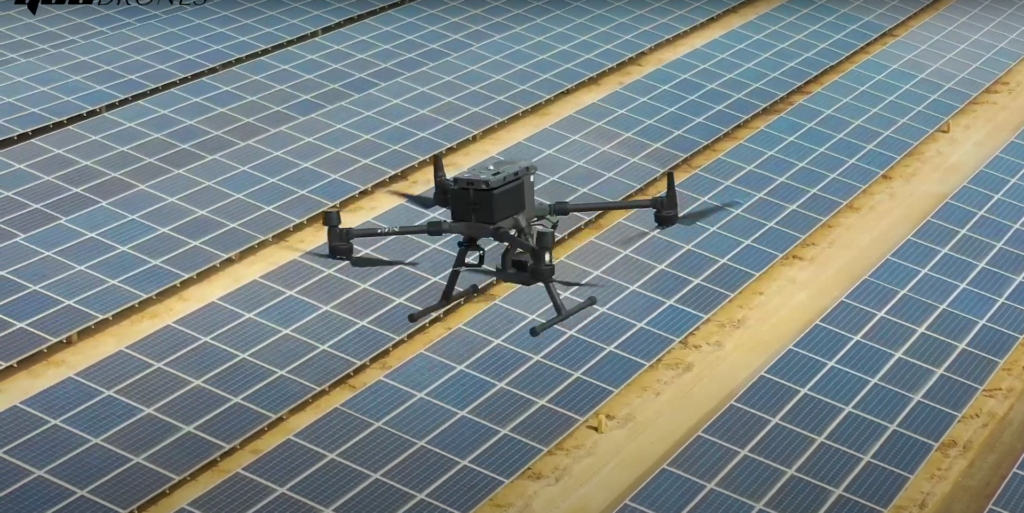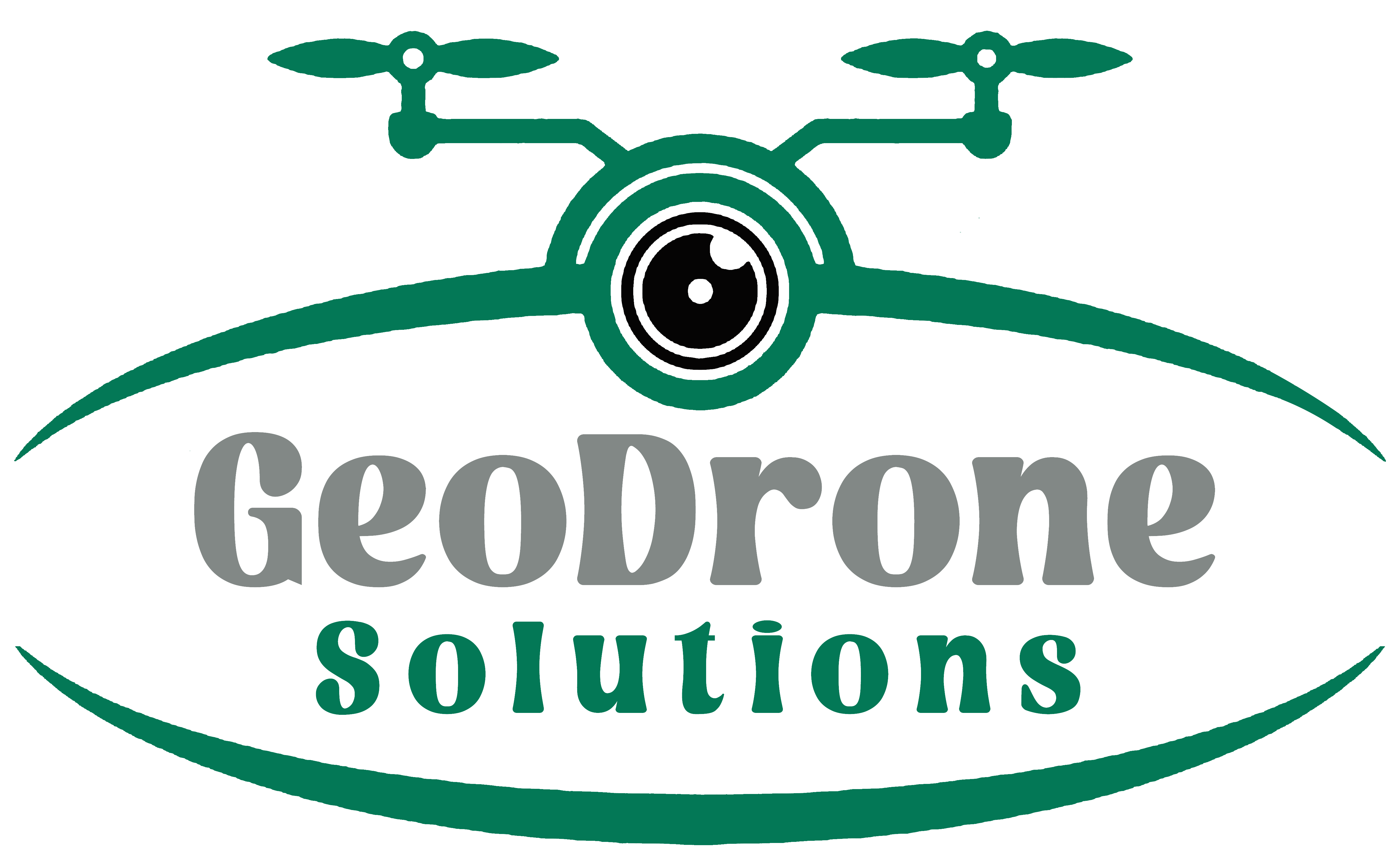Solar Module Inspection

“Solar Precision from Above: Revolutionizing Efficiency with Drone-Powered Solar Panel Inspections”
The use of drones for solar module inspection offers several significant advantages, enhancing the efficiency, reliability, and overall performance of solar energy systems:
Rapid and Comprehensive Inspections:
Drones enable swift and thorough inspections of solar modules, covering large solar farms or installations quickly. This efficiency is crucial for identifying potential issues promptly and minimizing downtime.
Early Detection of Defects and Damage:
High-resolution cameras and sensors on drones can detect defects, damages, or malfunctions in solar modules at an early stage. Early identification allows for timely repairs or replacements, preventing further deterioration and optimizing energy production.
Reduced Safety Risks:
Drone-based inspections eliminate the need for manual inspections at heights, reducing the safety risks associated with sending personnel onto rooftops or climbing on solar structures. This contributes to a safer work environment for inspection teams.
Minimized Operational Disruptions:
Solar module inspections using drones can be conducted without disrupting the normal operation of the solar power system. This non-intrusive approach ensures that energy production continues seamlessly during the inspection process.
Data Accuracy and Analysis:
Drones capture detailed and accurate data through high-resolution imagery and sensors. This data is valuable for in-depth analysis, enabling the identification of specific issues, performance trends, and overall system health.
Performance Monitoring and Optimization:
Drone-collected data allows for continuous monitoring of the performance of individual solar modules and the entire solar array. This information helps optimize energy output, identify underperforming modules, and implement corrective measures to enhance overall efficiency.
Thermal Imaging for Anomaly Detection:
Drones equipped with thermal cameras can identify temperature variations across solar modules. This capability is particularly useful for detecting issues such as hotspots, electrical faults, or suboptimal connections that may not be visible through visual inspection alone.
Cost-Efficiency:
The use of drones in solar module inspection is often more cost-effective than traditional manual methods. Drones can cover large areas in a shorter time, reducing labor costs and minimizing the need for expensive equipment such as scaffolding or cranes.
Documentation and Reporting:
Drones facilitate systematic documentation of the condition of each solar module. This documentation is valuable for compliance purposes, insurance claims, and creating a historical record of maintenance activities.
Environmental Impact:
Drone-based inspections contribute to environmental sustainability by reducing the carbon footprint associated with traditional inspection methods, which may involve the use of heavy machinery or frequent site visits.
In summary, the significance of using drones for solar module inspection lies in their ability to enhance safety, efficiency, and data accuracy while minimizing operational disruptions and overall maintenance costs. This approach supports the ongoing reliability and optimal performance of solar energy systems.
